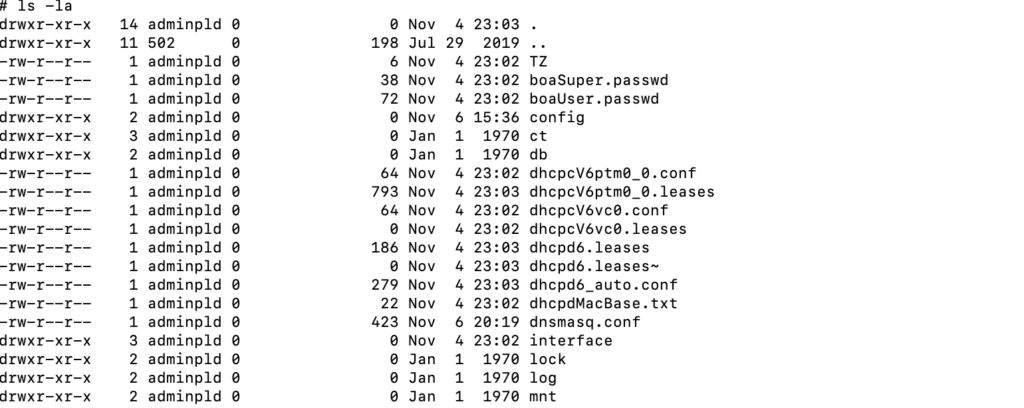MITRE : CVE-2022-46637
Advisory: exploit
Intro
Table of Contents
Last October, I was planning to visit the philippine to get some rest away from work and life pressure. And I would say that was a great direction to relax and enjoy the beauty of nature.
It was a joyful stay, But I was struggling with the quality of the internet, and not always available.
That’s not an issue. But I was curious about the security level of IoT devices, especially home Routers. Likely to know more.
Understanding how things work
While reading various resources about home router security and discovering vulnerabilities, I crossed this interesting article shared in 2017 (https://kleo.hak.dog/router-privileged-backdoor-login).

From the first part of the previous blog post, it seems popular that routers came with privileged backdoor login! And That’s a security hole by default. Starting from that, I picked up a random/common router (ProLink PLDT home fiber PRS1841 U V2 ), And I was lucky to spot multiple vulnerabilities and possible attack vectors.
However, I found out that FTP and Telnet are accessible by default, so I tried to access these services using admin/12345 default router credentials. It was authorized but with limited privileges.
But don’t have any possible command injection. I also tried to hunt for some RCE in a web application, but nothing interesting to record.
So I wondered why an admin account doesn’t have enough privileges to access Telnet. With quick research across some local philippine community sites. I have found out that PLDT provides a super admin account for high access permission, and the password wasn’t hard to retrieve, as a lot was shared on public
However, with the new account “adminpldt / 8d32f84964abbc7a6097e43” I have telnet access with system command execution privileges; I tried to look around for some juicy information, and nothing interesting.
But while retrieving the /etc/passwd. Another account identified as “ADSL” is active by default with an easy password to crack. Honestly, it takes 59 seconds to crack using John, the ripper.

By using “adsl” account, I can access both enabled services (Telnet/FTP) with the higher privileges. as the same adminpldt account privileges.


Attack Surface
Identifying a backdoor account was helpful to quickly lookup for other devices nearby and see if they were vulnerable. So truly all devices with this module had this silent backdoor account.
The next step is to use Shodan to look up exposed, vulnerable routers, so I tried to search using the router brand or landing page title, but the search was not accurate.
However, while analyzing the Router web server response, I noticed that it is using boa httpd 0.93.15, and an SSL certificate issued by Realtek. By this, I can do a customized search query.

With a country search filter set to Philippine, I counted around 400 exposed devices with FTP access, and more than 3000 were possibly vulnerable to the same attack. With this increasing percentage, there is a possibility for even more vulnerable devices.

A confirmation for an existing backdoor was quick and accurate.

Recommendation
due to the nature of the risk, it is unclear whether PLDT creates the backdoor account or if it is a default setting of the affected router firmware version. It is highly recommended to disable remote/internal access for FTP/SSH. And reset all default passwords for both (admin/adminpldt) accounts. I informed the vendor about the findings but didn’t hear back.

offensive security expert and founder of 0xsp security research and development (SRD), passionate about hacking and breaking stuff, coder and maintainer of 0xsp-mongoose RED, and many other open-source projects

